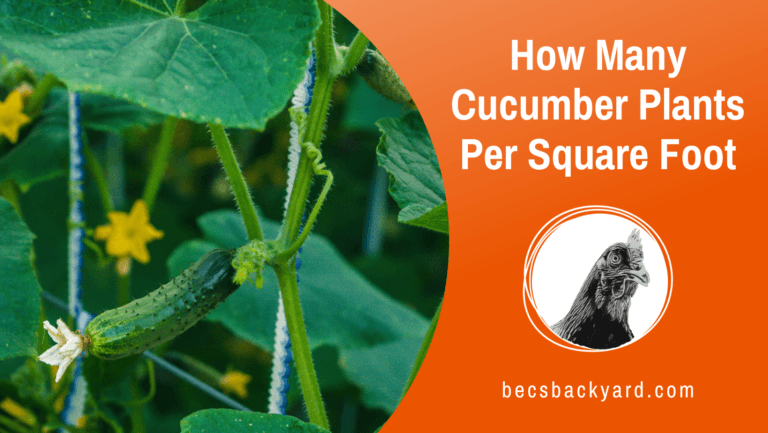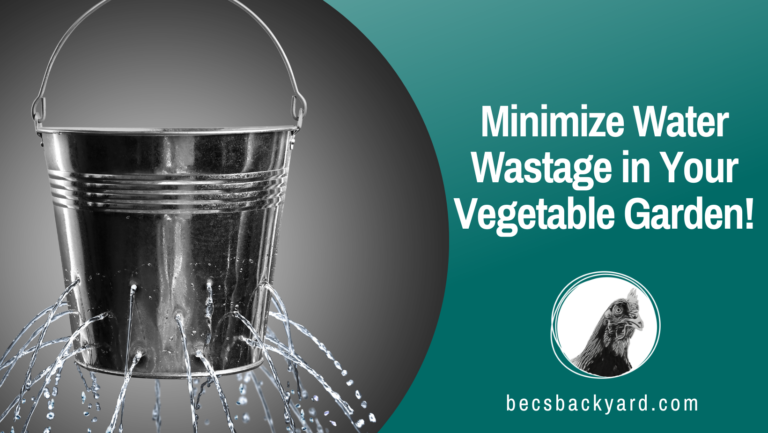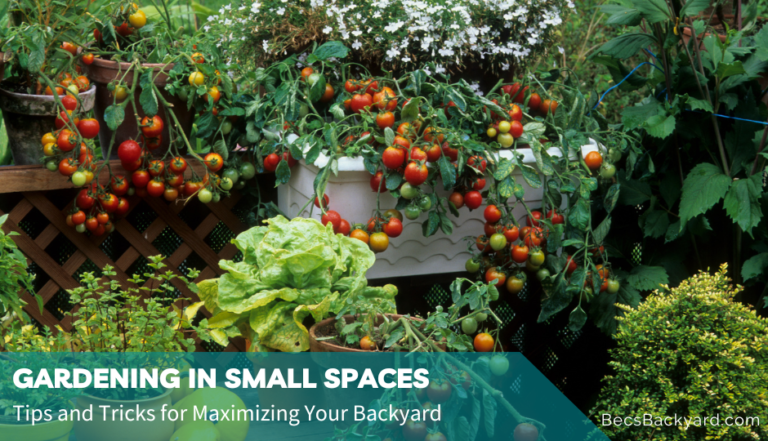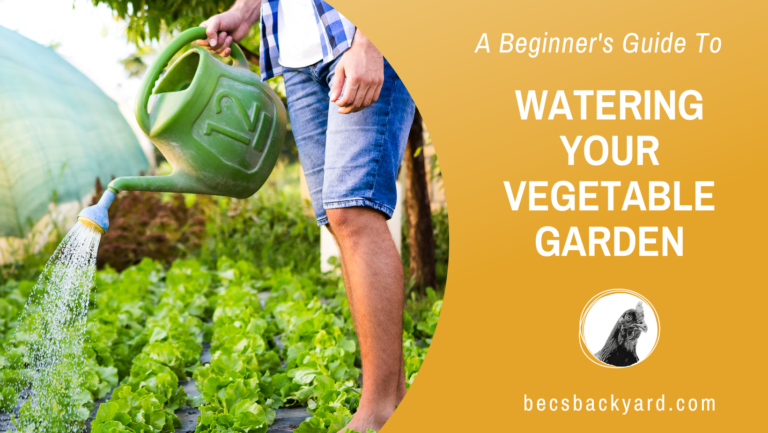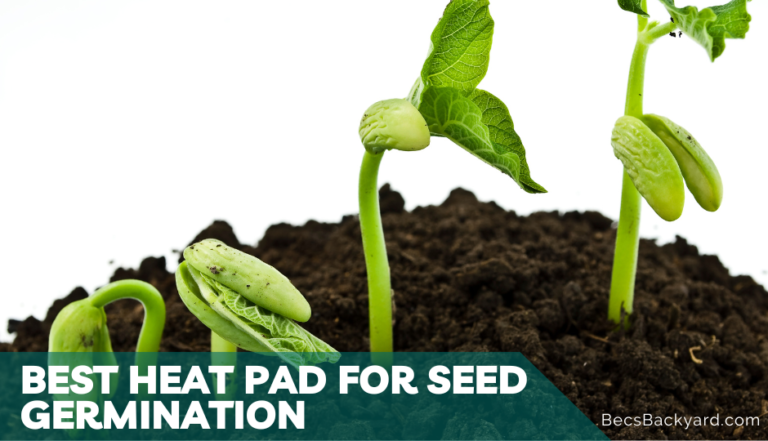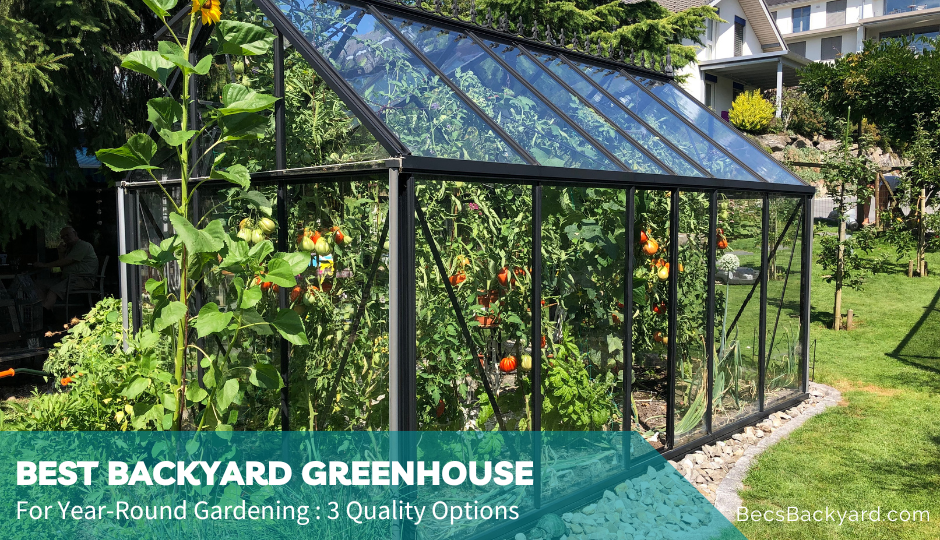Starting Vegetable Seedlings Indoors : Become a Green Thumb Master
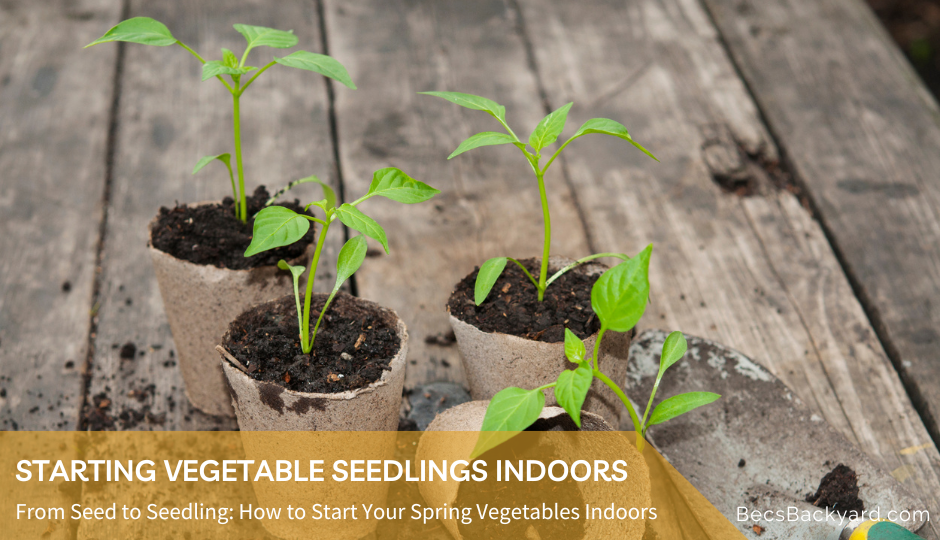
Are you ready to start your vegetable garden but don’t want to wait for the weather to warm up? Starting vegetable seedlings indoors is a great way to get a head start on your garden and ensure a successful harvest. In this post, I will guide you through the process of starting spring vegetable seedlings indoors, from the materials you need to caring for the seedlings and transplanting them to your outdoor garden bed.

Materials Needed for Starting Vegetable Seedlings Indoors
Before you get started, gather the following materials:
- Containers: You can use anything from plastic cups to seedling trays, as long as they have drainage holes. For the eco conscience folk we have prepared a short ‘how to article’ for making compostable containers to get your seedlings started.
- Soil: Use a seed-starting mix or make your own by mixing peat moss, vermiculite, and perlite.
- Seeds: Choose seeds that are suitable for starting indoors, such as tomatoes, peppers, broccoli, and lettuce.
- Light source: Seedlings need 12-16 hours of light per day. You can use a sunny window or grow lights.
- Watering equipment: Use a watering can or spray bottle to water the seedlings. The idea is to keep the soil moist but not provide heavy streams of water that will displace the seeds. Shower head waterers are ideal.
- Fertilizer: Choose a balanced, water-soluble fertilizer.
Preparing the Containers
First, clean the containers with soap and water, then rinse them thoroughly. Next, make drainage holes in the bottom of the containers using a drill or a nail. Fill the containers with soil, leaving about 1/4 inch of space at the top.
Planting the Seeds
Sow the seeds at the right depth, usually about 2-3 times their diameter. If the seeds are small, you can sprinkle them on top of the soil and then cover them with a thin layer of soil. If you are planting multiple seeds in one container, space them out evenly. Label the containers with the name of the seed and the date of planting.
Caring for the Seedlings
Seedlings need proper care to thrive. Here are some tips:
- Provide proper lighting: If you are using a sunny window, rotate the containers daily to ensure even lighting. If you are using grow lights, keep them 2-4 inches above the seedlings.
- Maintain proper temperature: Most seedlings prefer temperatures between 65-75°F. Use a thermometer to monitor the temperature.
- Water regularly: Keep the soil moist but not soggy. Avoid getting water on the leaves, as this can lead to disease.
- Feed with fertilizer: Follow the instructions on the fertilizer package. Over-fertilizing can harm the seedlings.
- Deal with common issues: Damping off is a fungal disease that causes the seedlings to wilt and die. To prevent it, keep the soil moist but not too wet, and avoid overcrowding the seedlings. Legginess is when the seedlings grow tall and thin due to lack of light. To prevent it, provide adequate lighting.
Transplanting the Seedlings
Knowing when to plant your seedlings into the outside garden will depend on the area that you live. When the seedlings have grown to a suitable size and the outdoor temperatures are warm enough, it’s time to transplant them to your garden bed. Here’s how:
- Determine the right time for transplanting: Check the seed packet for the recommended transplant time. Usually, it’s when the seedlings have 2-4 true leaves.
- Prepare the outdoor garden bed: Choose a sunny spot with well-draining soil. Dig a hole for each seedling, slightly larger than the container.
- Harden off the seedlings: Gradually expose the seedlings to outdoor conditions by placing them outside for a few hours each day, gradually increasing the time over the course of a week.
- Transplant the seedlings: Gently remove the seedlings from the containers and place them in the prepared holes. Cover the roots with soil and water thoroughly.
- Care for the transplanted seedlings: Keep the soil moist and protect the seedlings from pests and harsh weather conditions.
FAQs
Starting vegetable seedlings indoors can be a rewarding experience, but it can also raise some questions. Here are some frequently asked questions about starting vegetable seedlings indoors, along with their answers.
How long does it take for vegetable seedlings to germinate indoors?
The time it takes for vegetable seedlings to germinate indoors depends on the type of vegetable and the conditions you provide. Generally, it takes anywhere from 3 days to 3 weeks for seeds to germinate. Some vegetables, such as tomatoes and peppers, take longer to germinate than others. Providing proper lighting, temperature, and moisture can speed up the germination process.
Can I reuse containers and soil for starting vegetable seedlings indoors?
Reusing containers and soil for starting seedlings indoors can save money and reduce waste, but it can also lead to problems. Containers and soil that are not properly cleaned and sterilized can harbor disease and pests that can harm the seedlings. If you do decide to reuse containers and soil, make sure to clean them thoroughly with soap and water and then sterilize them with a bleach solution. Also, use fresh soil or sterilize the old soil by baking it in the oven at 180°F for 30 minutes.
What should I do if my seedlings are leggy?
Leggy seedlings are a common problem when starting seedlings indoors. They occur when the seedlings grow tall and thin due to lack of light. To prevent leggy seedlings, provide adequate lighting by placing the seedlings under grow lights or in a sunny window. Keep the lights on for 12-16 hours a day and make sure they are 2-4 inches above the seedlings. If your seedlings are already leggy, you can bury the stems deeper when you transplant them to your garden bed. This will help support the seedlings and encourage them to grow stronger stems.
Conclusion
The satisfaction you get nurturing a seed through to getting it into the garden is very rewarding. Starting vegetable seedlings indoors is a great way to get a head start on your garden and ensure a successful harvest. By following the steps outlined in this post and providing proper care, you can grow healthy seedlings and transplant them to your garden bed. Remember to choose suitable containers, soil, seeds, and lighting, and to care for the seedlings by watering, fertilizing, and dealing with common issues. Happy gardening!

